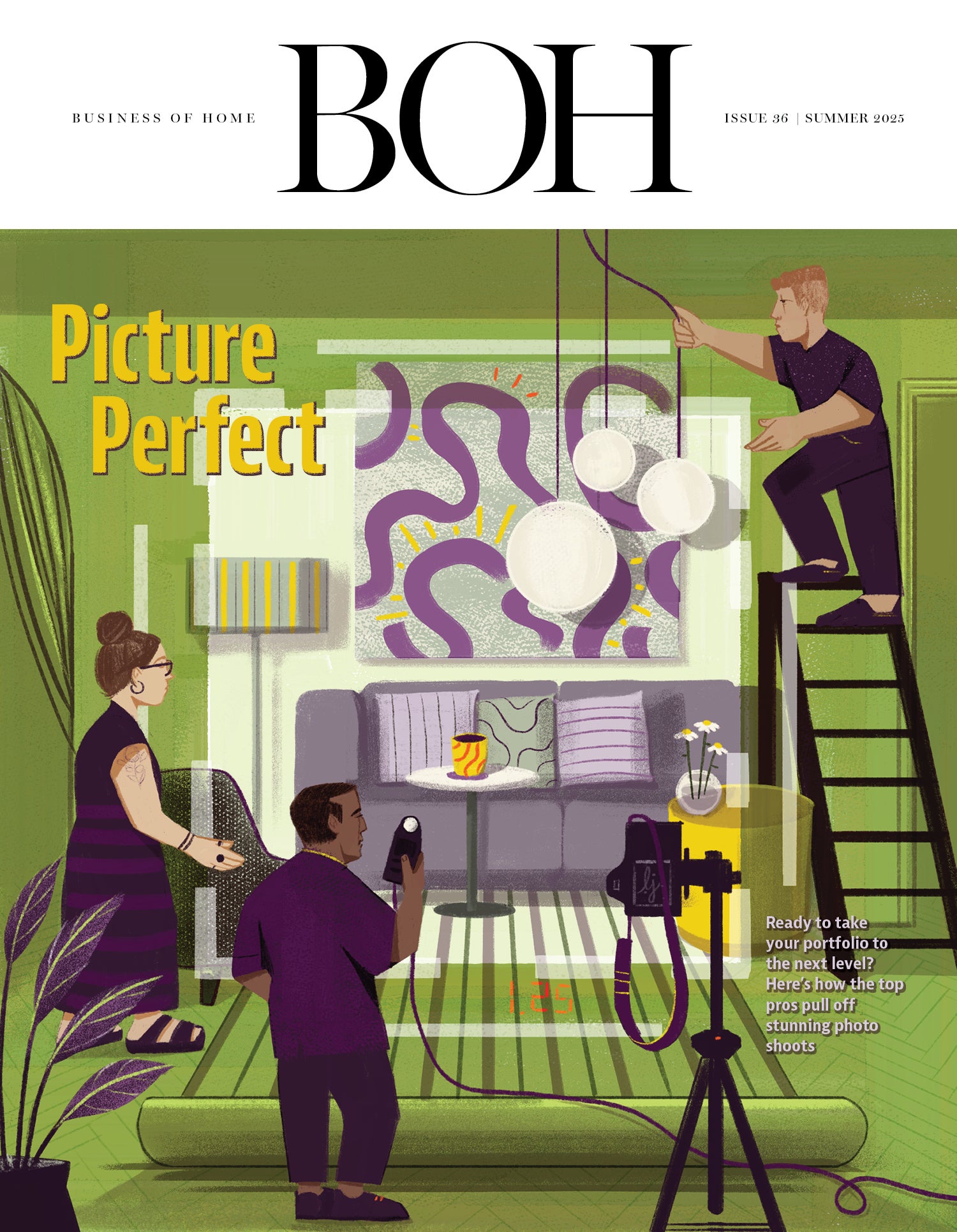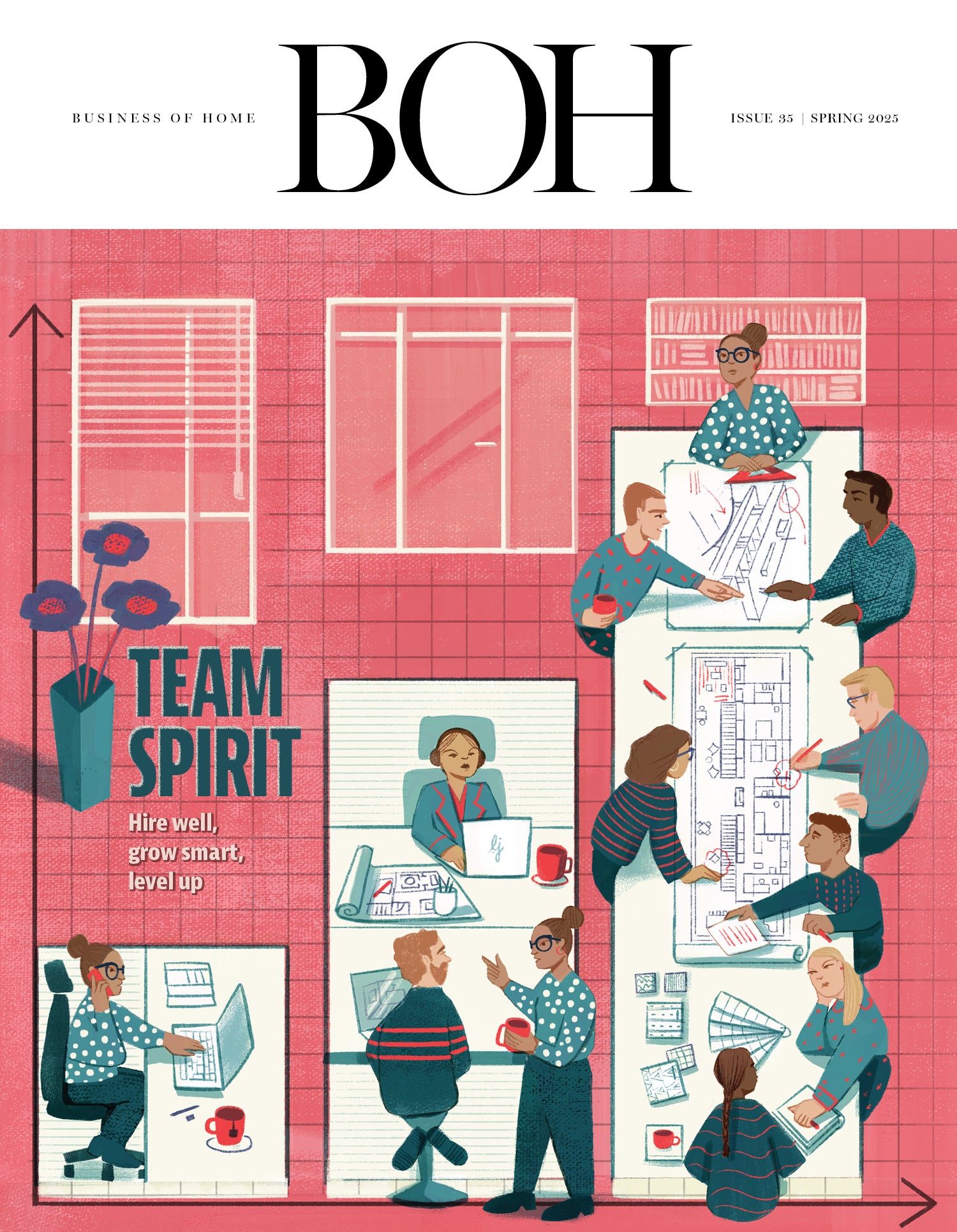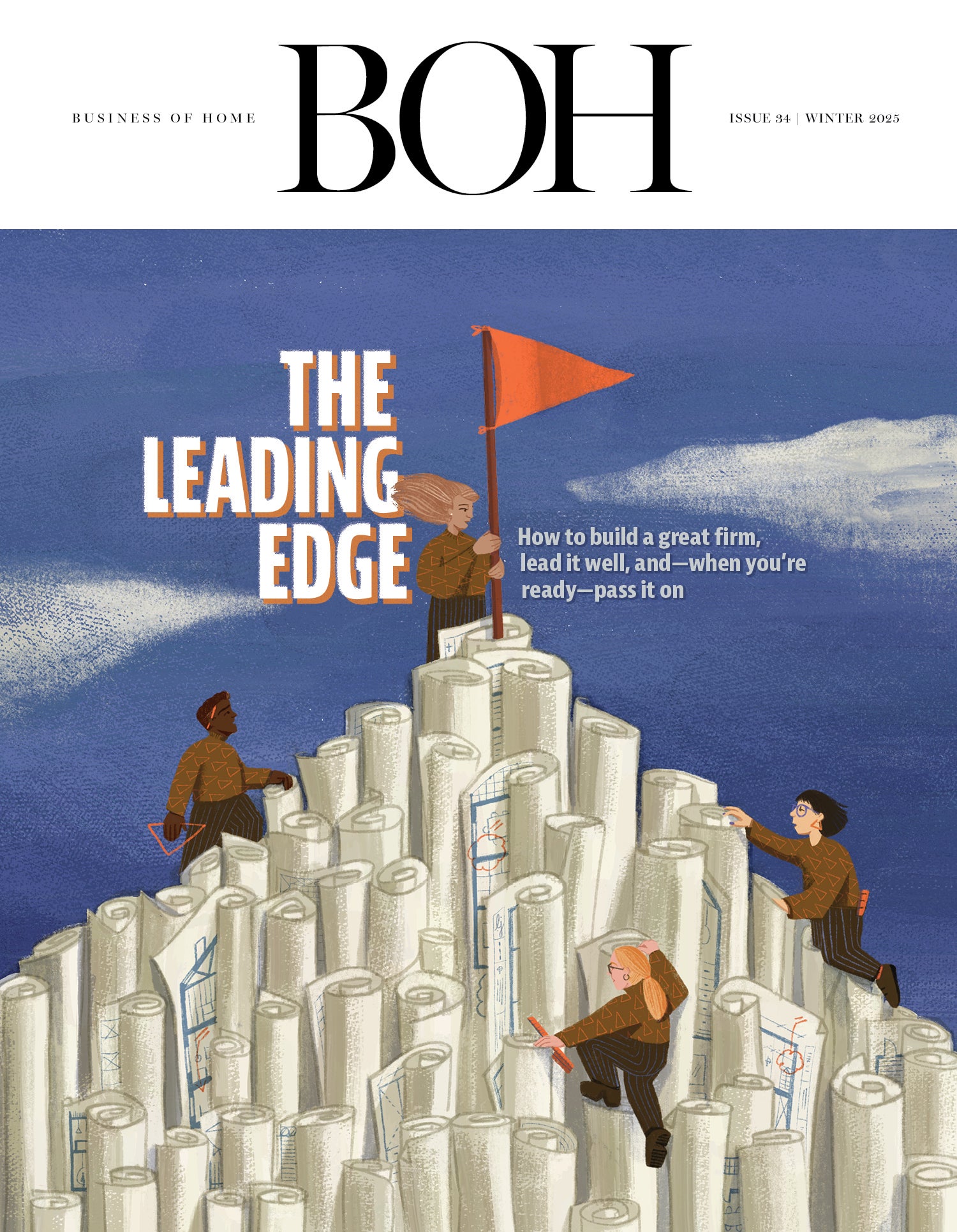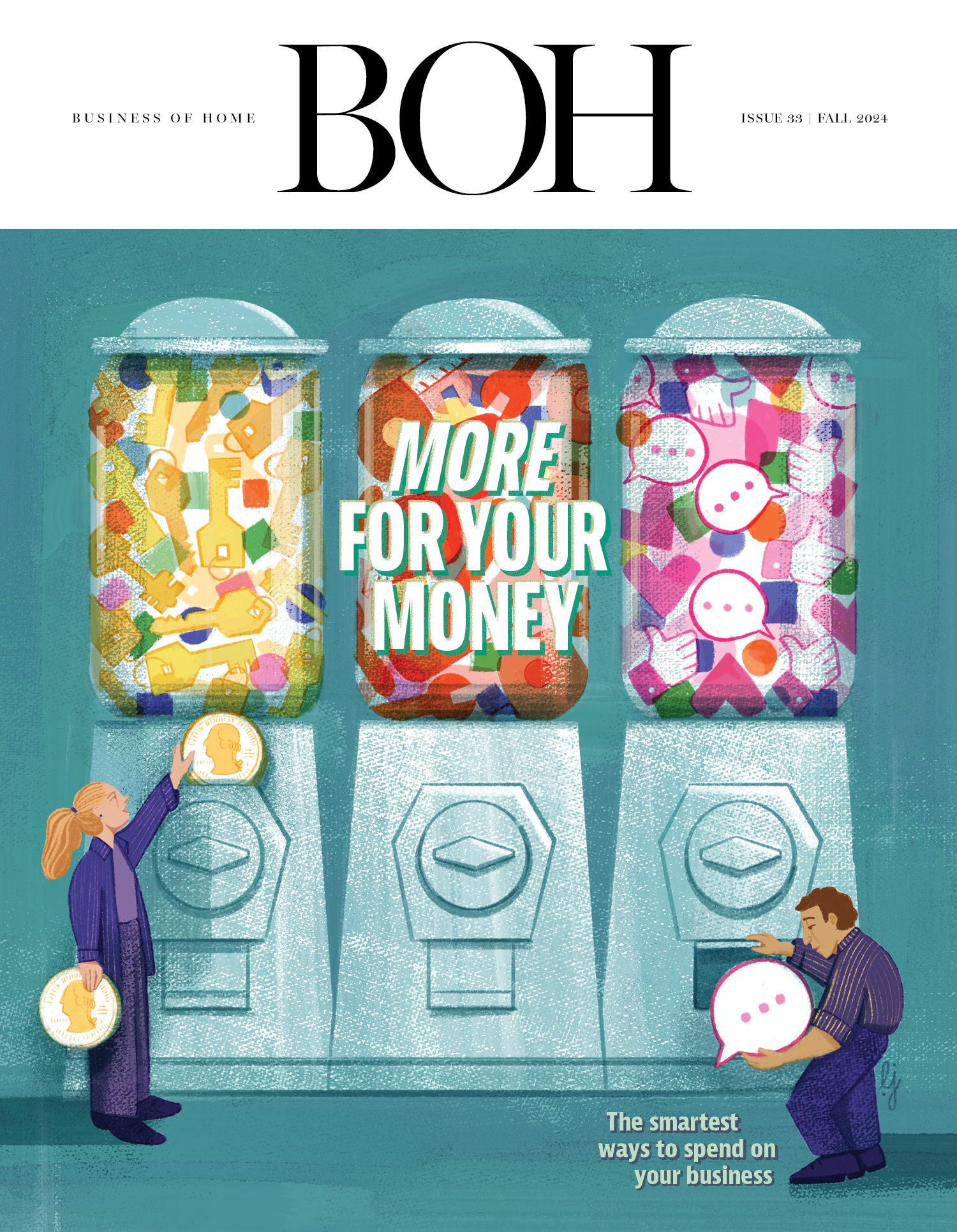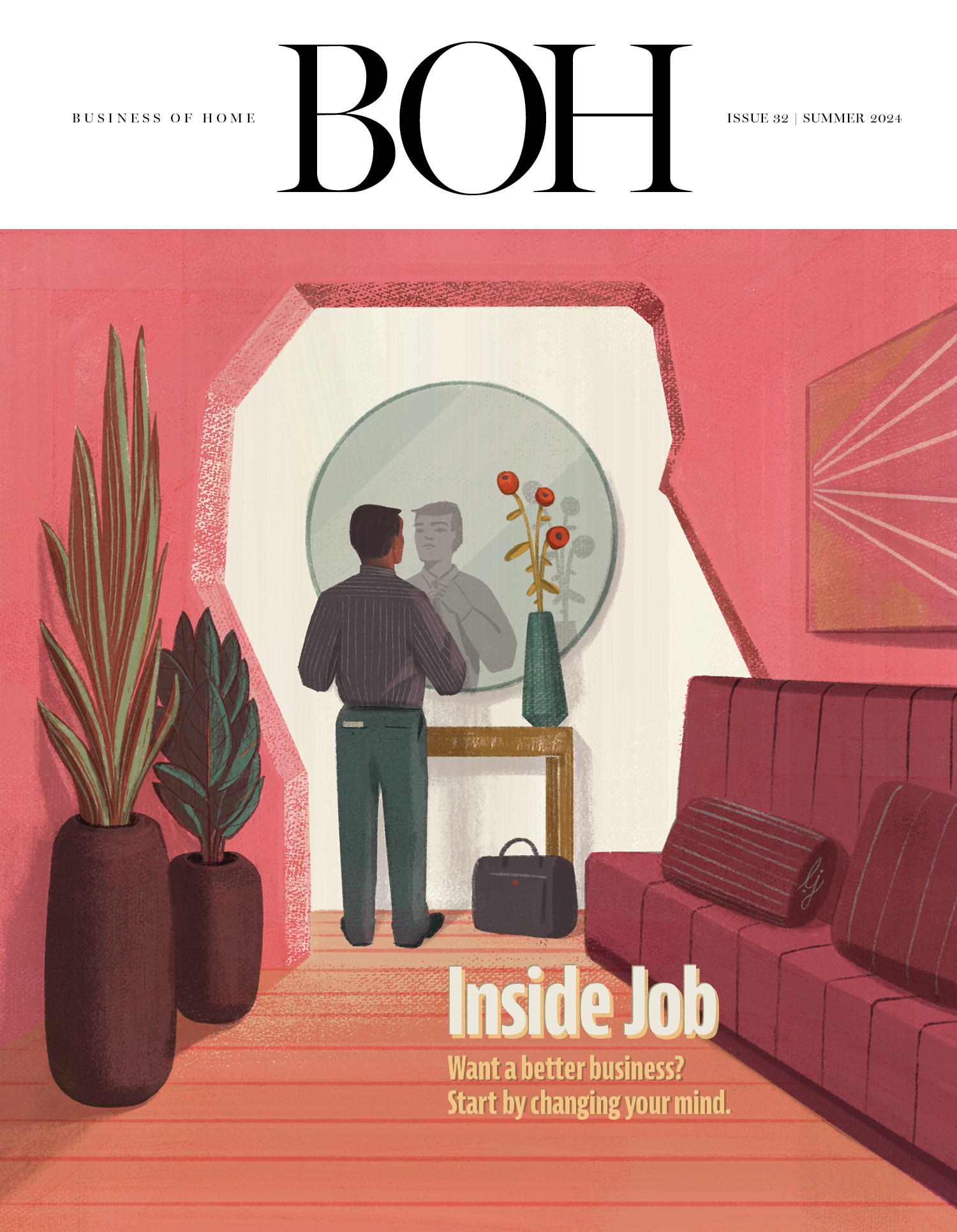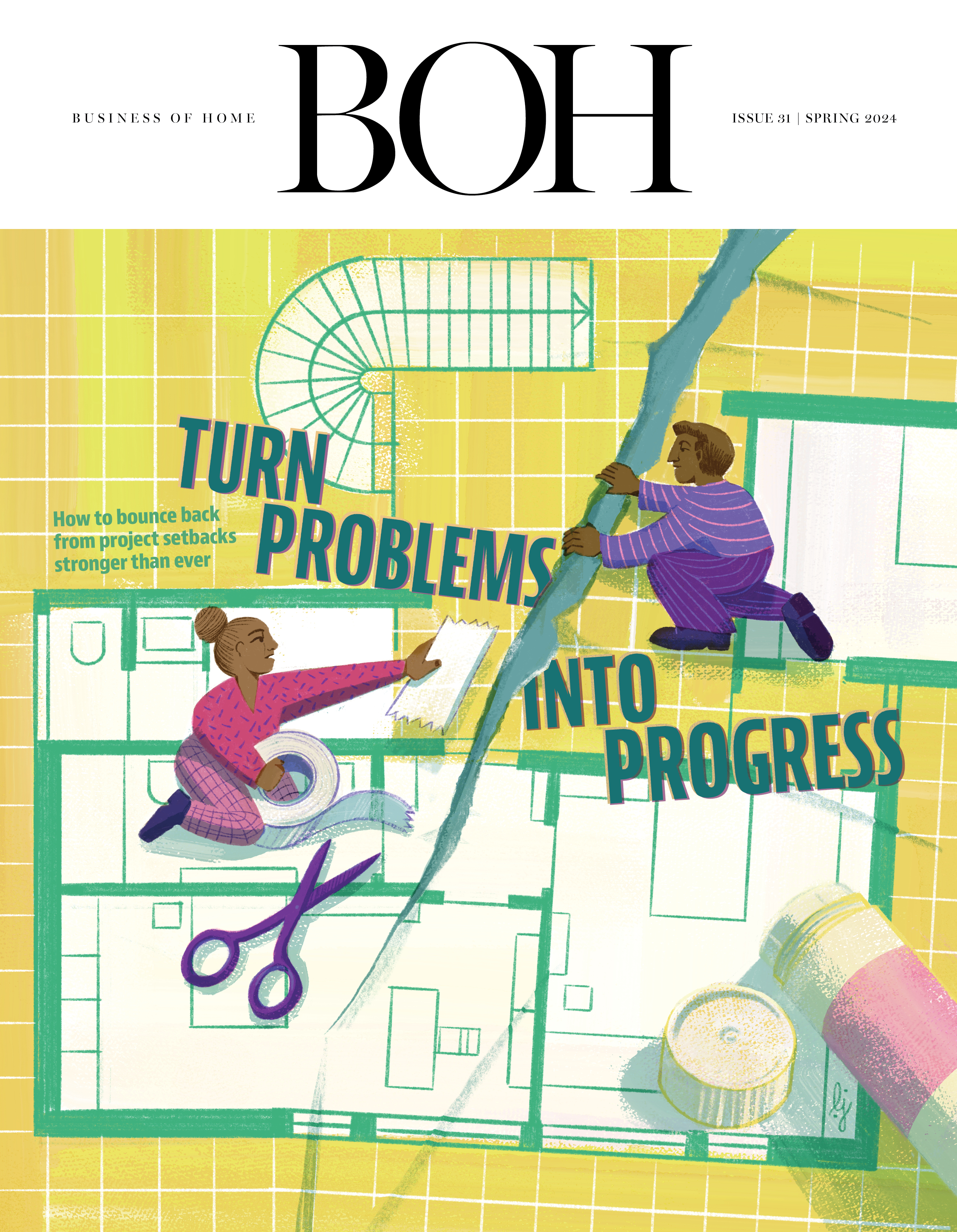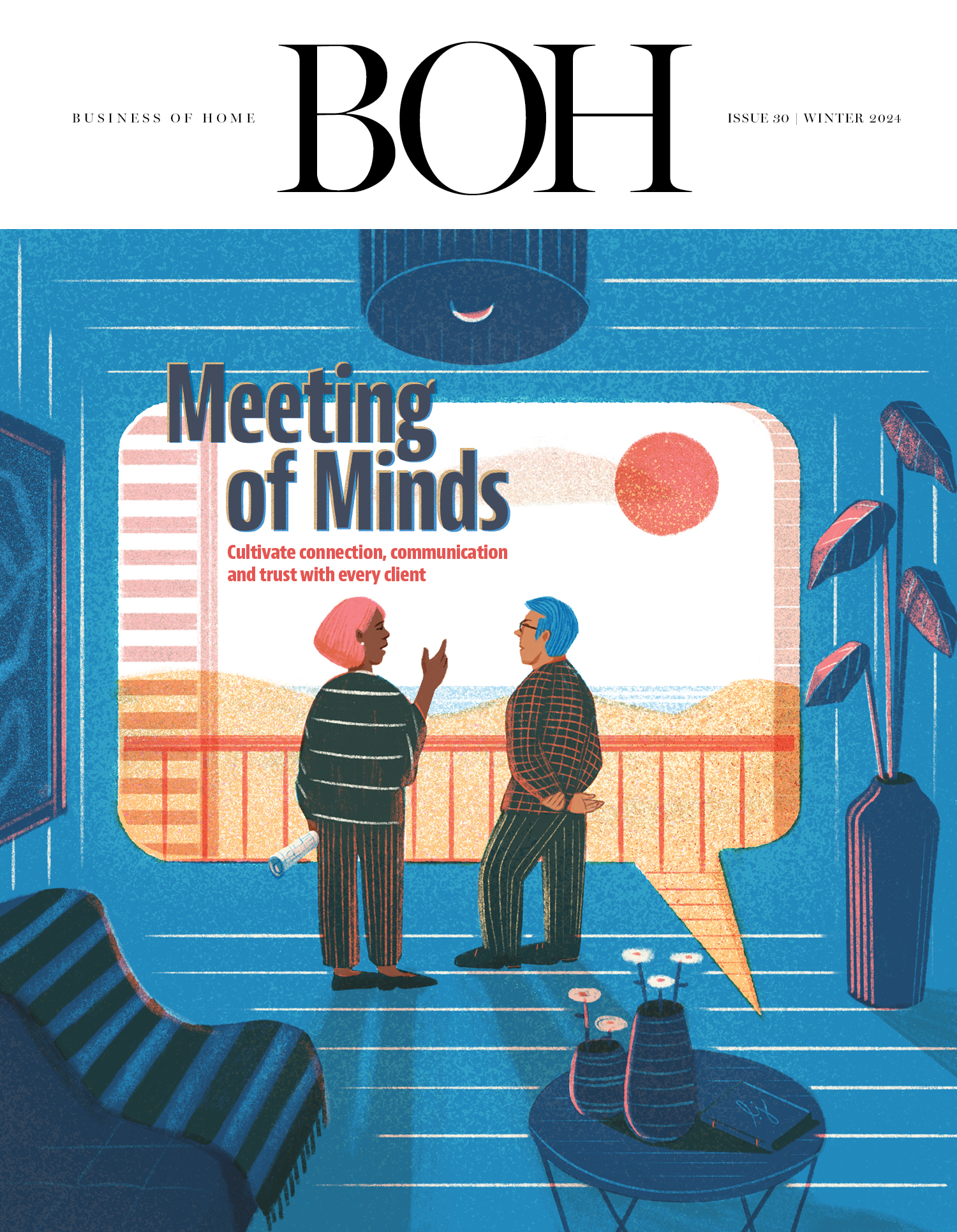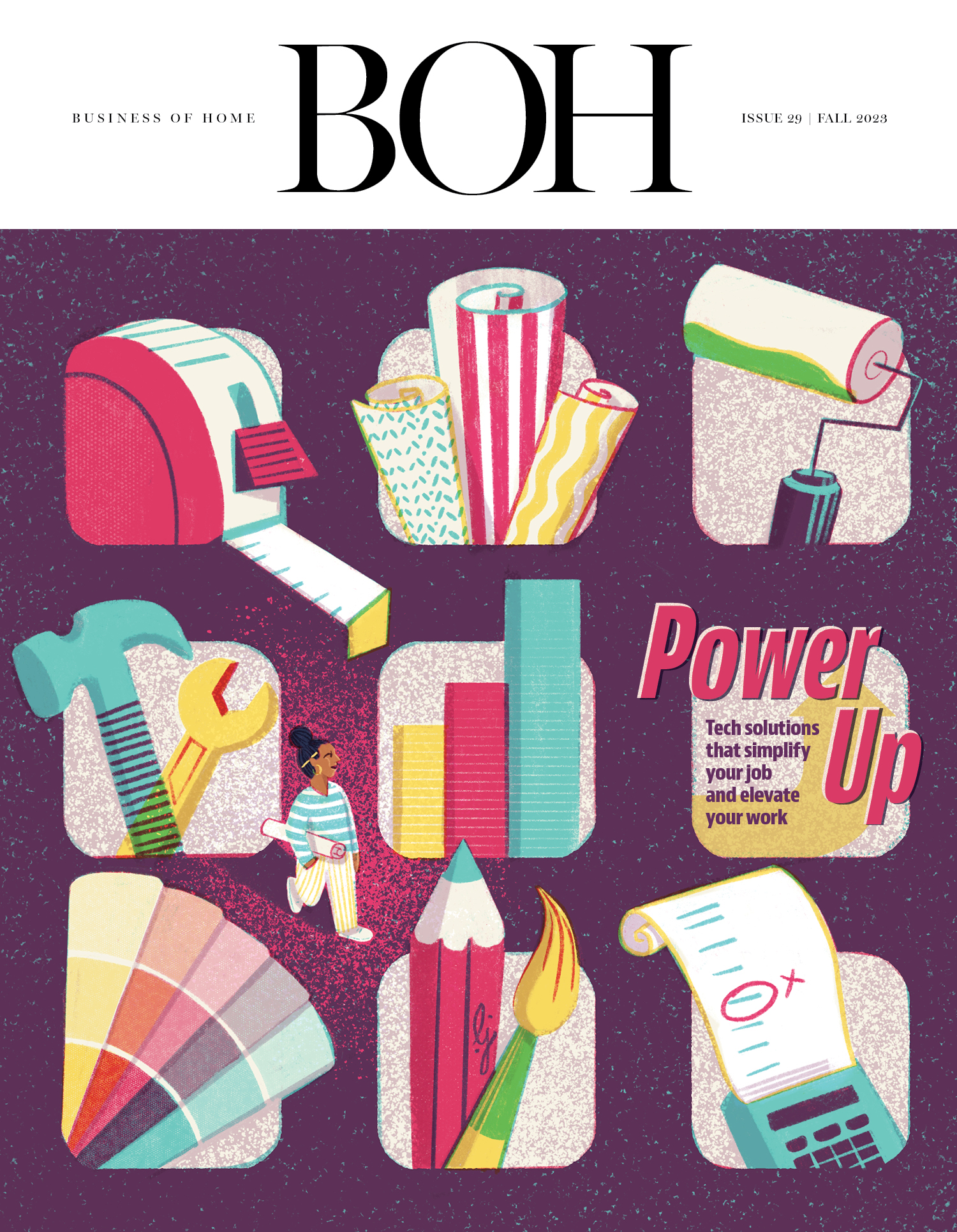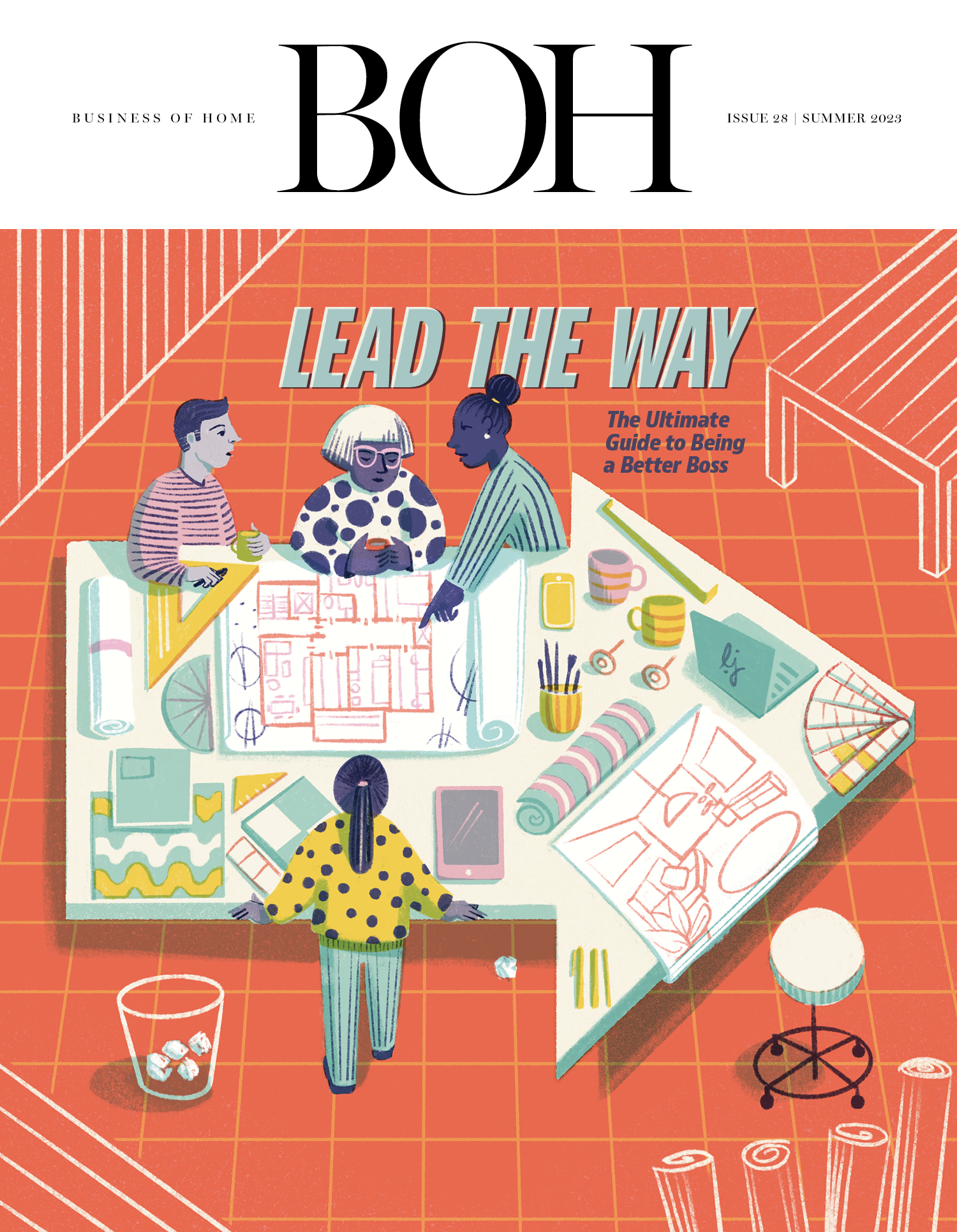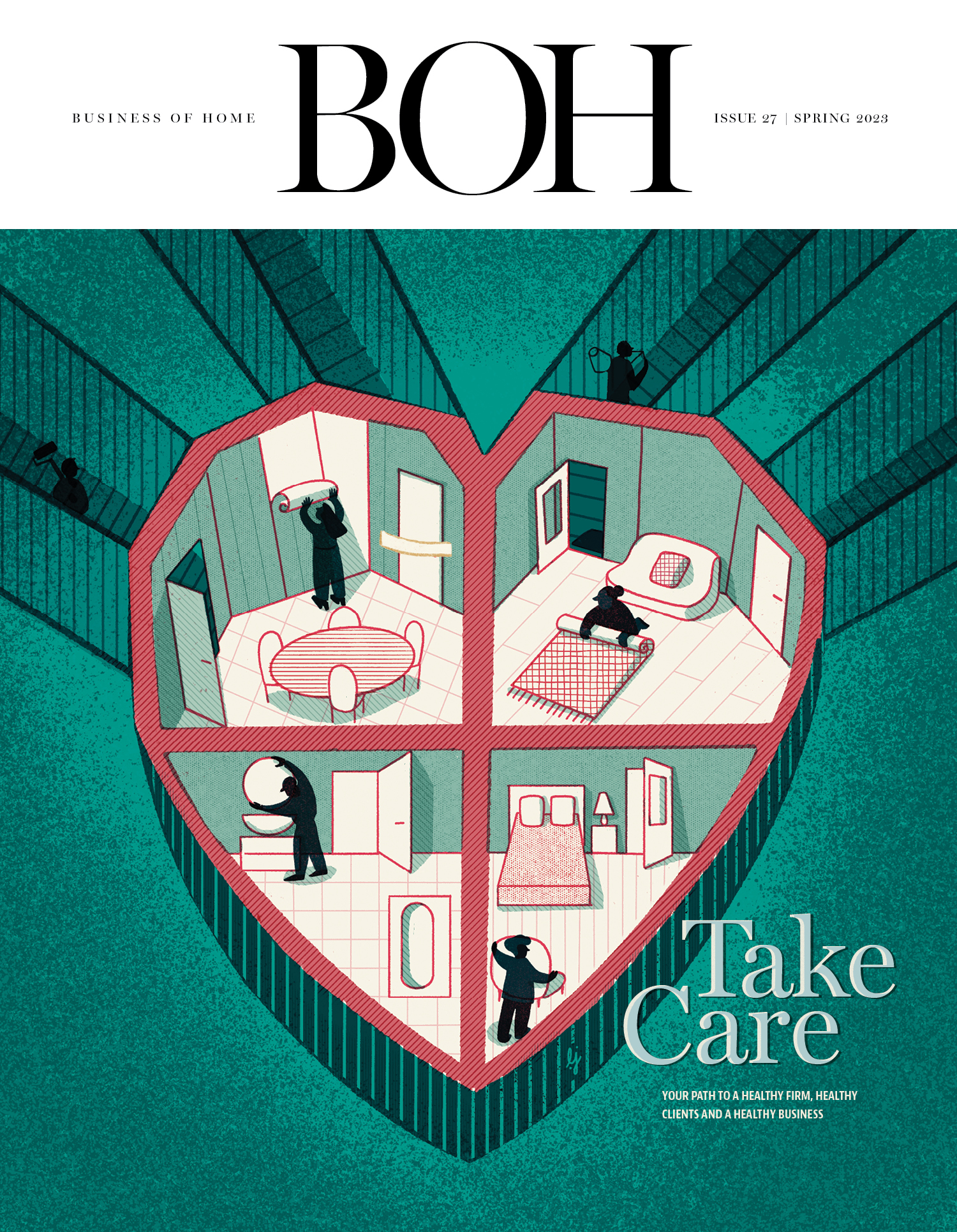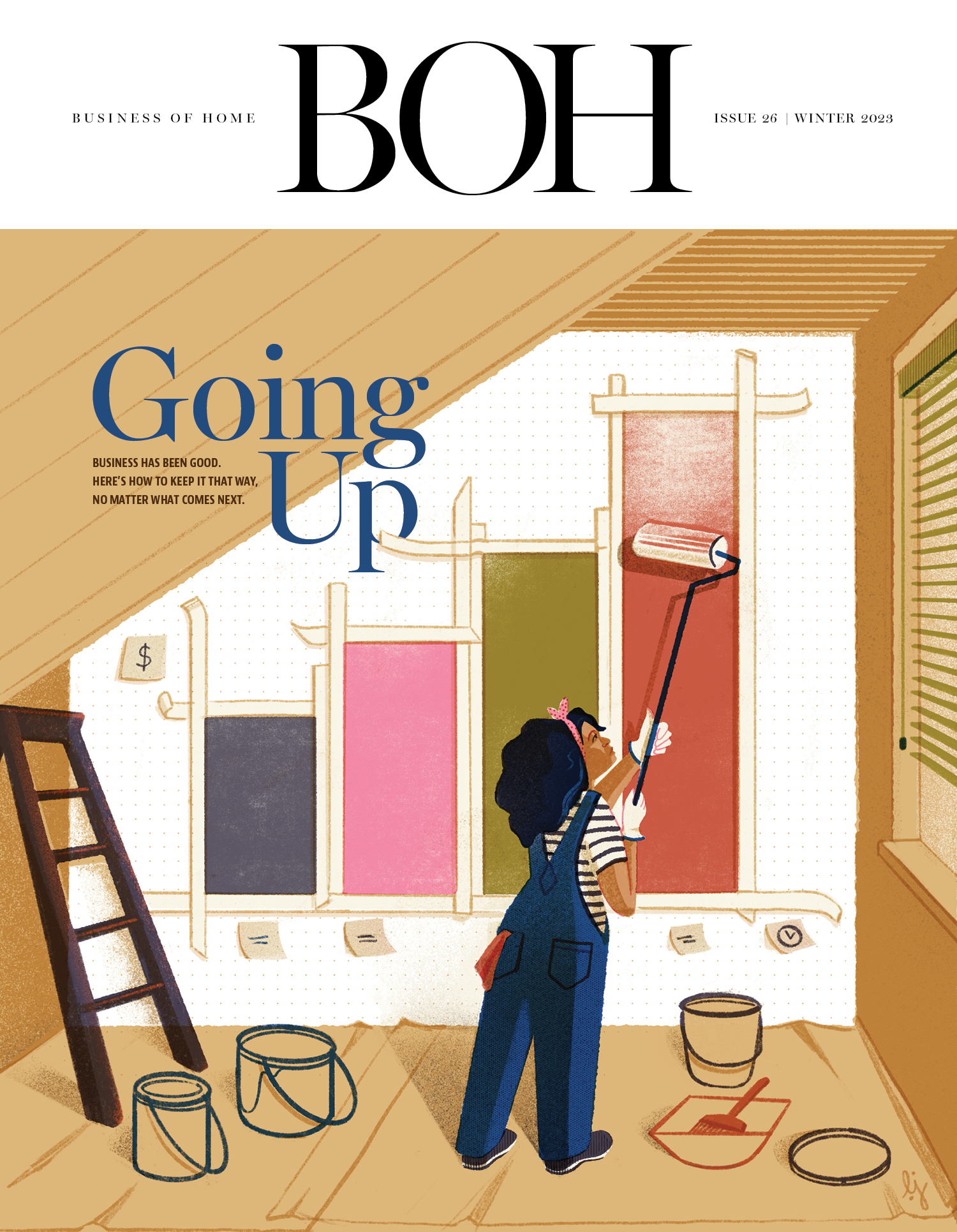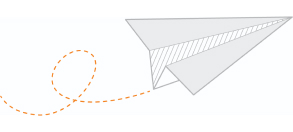When should you start planning for your exit from your firm? When you start your business.
Why should you begin thinking about your off-ramp so early? Isn’t that like quitting before you begin? The simple answer is no. Having a plan means you’ve thought thoroughly about a sequence of growth, along with considering what might not go according to plan.
You will exit at some point due to one of myriad reasons:
- Personal challenges like relocation, divorce, illness or disability, or the death of a loved one. A change in motivation or mindset is also at play here: A principal may experience a lack of interest in running the business, or burnout when entrepreneurship proves harder than anticipated.
- A new life stage. Your ambitions may change and you may lack energy as you age. (A principal’s death would also apply here.)
- Business circumstances, whether that’s a downturn, a lawsuit that jeopardizes the business’s health, or financial failure.
- External events and the larger economy. An economic slump, or tragedies like the recent wildfires in California or the Covid-19 pandemic, can change a business’s fortunes quickly.
If you have a plan, you’re more likely to achieve results, because you’ve thought through all the positive and negative scenarios.
Most designers I know did not start their enterprise with a business plan. I was one of them—and knowing what I know now, I should have launched with that and an exit plan. I also would have been better prepared for unexpected circumstances instead of being the eternal optimist.
It’s wonderful to dream about the amazing projects that you’ll get to do and the recognition you will garner as a design superstar. Few designers will ever be a Kelly Wearstler, Joanna Gaines, or [fill in the celebrity-designer-name blank].
Let’s just assume you’re a designer who loves design so much that you’d do it for free. However, as you get deep into your business, you discover that you work (or think about work) seven days a week and spend 60 to 80 hours per week designing as well as managing the firm, your team, and maybe even nonideal clients.
Eventually, you’ll burn out from exhaustion with the pace and frustrations of running the business. That’s typically when our phone rings—when designers feel stuck and want to go to the next level. They want to keep pursuing their passion, but become disillusioned when they realize they could make as much (or more) money working for someone else for fewer hours and less stress.
A CASE STUDY
Eleven years ago, a designer who was attending my consulting firm’s annual Interior Design Summit came up to me in tears during the break. She wasn’t earning much money. Her husband was also self-employed, and she was terrified that they did not have savings—in fact, he believed they should just spend what they made so they didn’t have to pay the IRS. (Spolier: That isn’t how it works.)
During our second “VIP Day” together, where we sat down for an in-depth analysis of her business, Beth brought her husband. We talked about how to be profitable (and pay taxes). I also shared that it was important to save money and have reserves because you never know what will happen. Six months later, her business had $100,000 in reserves. She was breathing and sleeping better.
Then, Beth became gravely ill. A CaringBridge site was set up for her, and we all prayed she’d survive. She did survive, but she was out of work for months. At the end of her illness, she still had reserves, even after paying herself and her team.
Since that time, she and her husband have been financially secure—and preparing for her future exit.
EXIT OPTIONS
Some of our designer clients are now in their late 50s, 60s or 70s. They’re starting to think about what’s next in their lives. Maybe they have grandchildren they want to spend time with, or parents who need their care. Or perhaps their spouse is retired and wants to travel and play.
One exit option is to shut down the business. Some designers end up closing their doors because they don’t think their firm is salable.
If you build a profitable business, you can actually build wealth. You can sell your business for a multiple of what is called EBITDA (earnings before interest, taxes, depreciation and amortization). For example, if you have a business with less than $1 million in net profit (that’s revenue minus cost of goods sold minus operating expenses), you might be able to sell your business for one to two times EBITDA.
If your net profit average is equal to or greater than $1 million over three years (a buyer is looking for consistency), then you could sell your business for four to eight times EBITDA. That means you could sell it for $4 million to $8 million.
We have also seen our clients decide on various other exits:
- One sold her business to her COO and her design director. She had moved to another state, and after years of the duo’s co-running the business, they opted to purchase it from the owner, who was ready for the next stage of her life. One partner got financing by borrowing against their home, and the other got a loan from a bank.
- Another client sold to a member of her team who got outside financing. The employee had worked for her in operations for multiple years and knew that the designer ran a good business.
- One attempted to sell her business to a member of her team, but during the transition, the buyer lost major clients, which meant that she couldn’t meet the debt obligations. The original owner took the business back and decided to scale it back until she was ready to close the doors.
- Two other firms sold to outside buyers obtained through a business broker. One buyer did not have design experience, but owned other businesses. The other was in a related part of the industry.
- Another client decided to retire after a devastating lawsuit. It was sad for her, but she was glad her employees ended up in the right spots for them: One started his own business and two joined other firms.
As you can see, not all exits are happy ones. Selling your business is possible, and achieving a big payday is possible. It requires careful planning, and part of that includes getting an outside valuation and doing succession planning. By preparing for the future, you’re setting yourself up to be excited, rather than disappointed, by the results of your eventual exit.
For more information on succession planning, download the 2024 Interior Design Business Survey report and scroll to page 48.
____________
Gail Doby is co-founder of Pearl Collective (formerly Gail Doby Coaching & Consulting), an interior design business consultancy that helps designers, architects and other creatives increase their profitability. Doby ran her own design firm in Denver for nearly 20 years and has a degree in finance and banking. Since 2008, she has been helping designers scale their businesses profitably and reach financial freedom. As a coach, mentor and business transformation specialist, she shares innovative ways to overcome the roadblocks, challenges and detours creative entrepreneurs face. She is also the bestselling author of Business Breakthrough: Your Creative Value Blueprint to Get Paid What You’re Worth. Her goal is to empower design industry clients to differentiate themselves, drive measurable results, achieve business projections, and create personal satisfaction through game-changing strategies and business practices.




